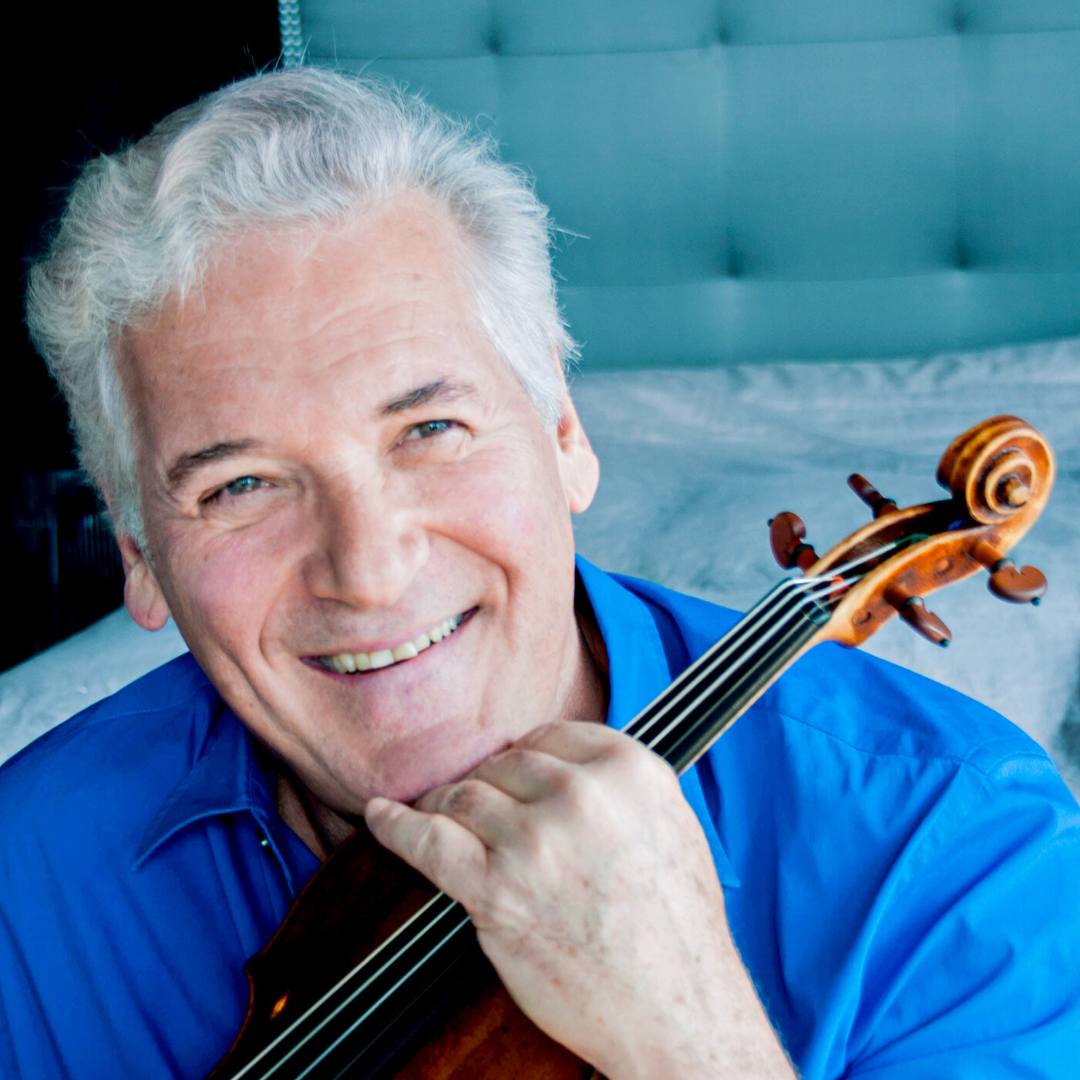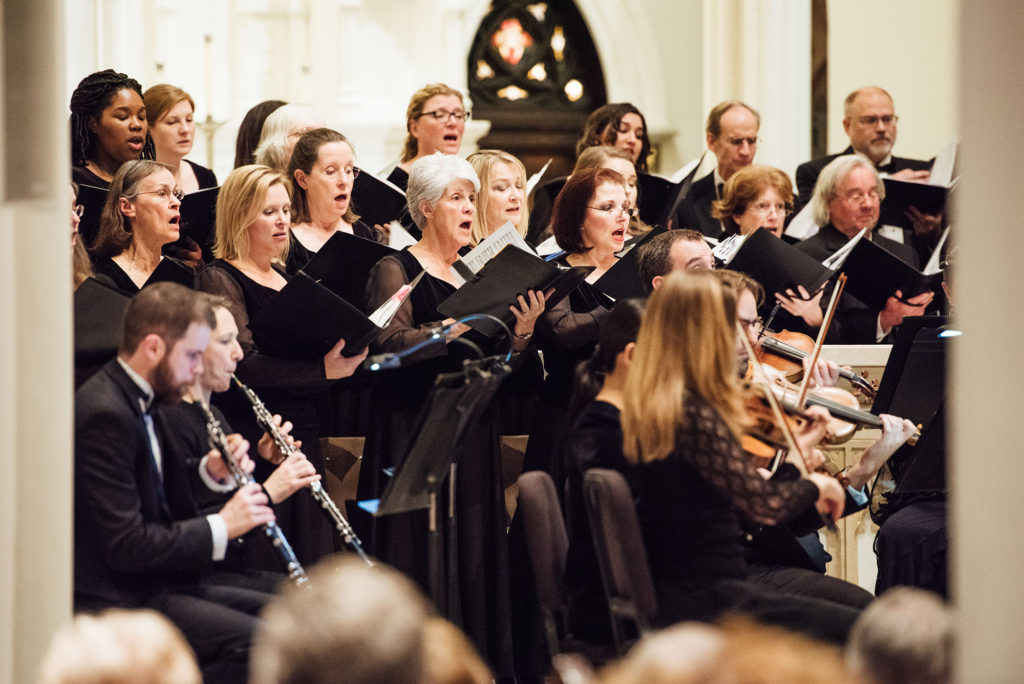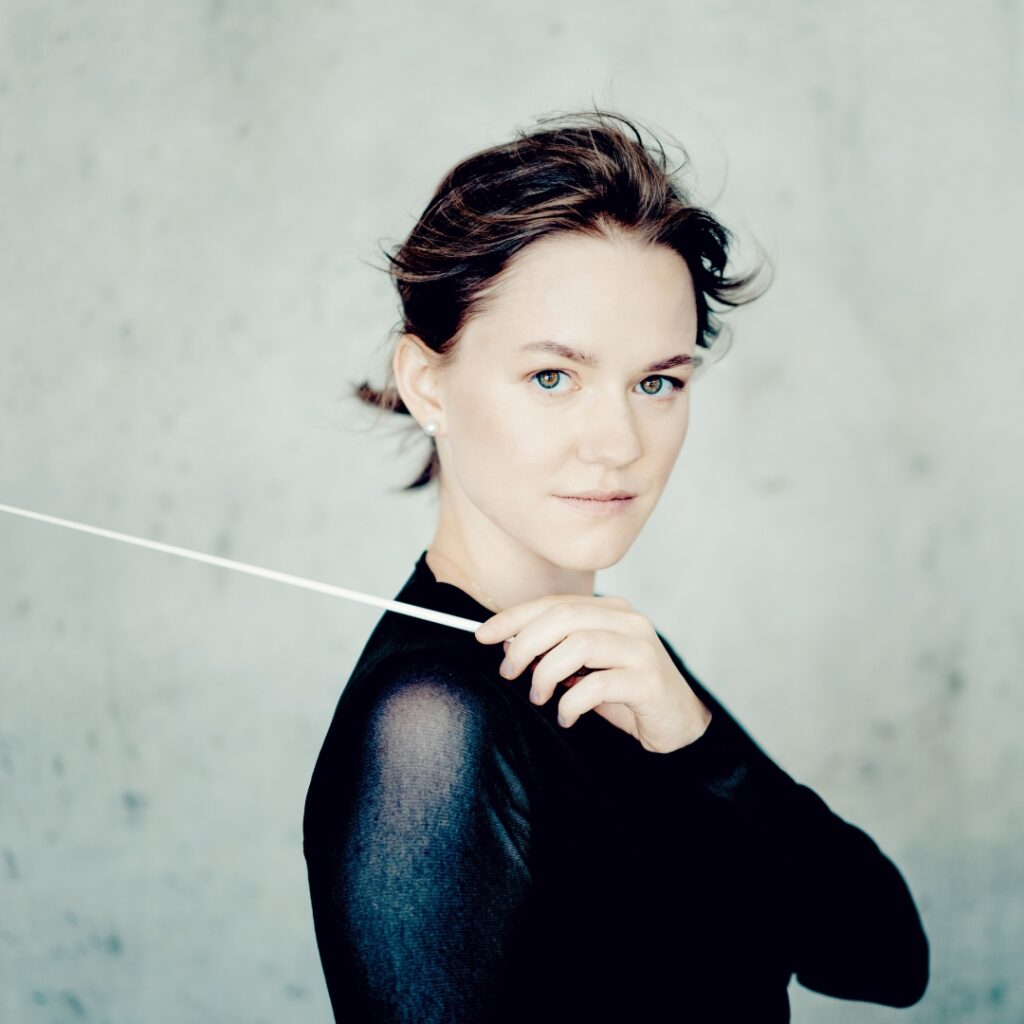

AN EVENING WITH ZUKERMAN
This concert showcases musical masterworks from the Baroque, Classical, and Romantic Periods (Vivaldi, Mozart, Bruch, and Tchaikovsky), and features internationally prominent soloists performing alongside the CSO.
6:30pm Free Pre-Concert Conversations
Join Executive Director Michael Smith and Concertmaster/Artistic Director Yuriy Bekker in the hall before the show to hear more about the music!
An Evening with Zukerman: Tchaikovsky, Mozart, and Vivaldi
Pinchas Zukerman is a celebrated violinist, conductor, and violist, who often collaborates with top orchestras, chamber music groups, and soloists all over the world. For this concert, Zukerman will pick up both the baton and the violin to show his impeccable musicianship that listeners adore. A prolific performer for 50 years, he has received two Grammys and 21 Grammy nominations. His cello partner for Vivaldi‘s “Double Concerto” will be Amanda Forsyth, about whom Limelight Magazine wrote, “brings passion and formidable technique as a cellist.”
Bruch‘s Kol Nidrei for cello and orchestra will also feature Forsyth. Often referenced as Adagio on Hebrew Melodies (Kol Nidrei means “all vows”), it’s a captivating musical expression of release and a wonderful opportunity to highlight a talented cellist such as Forsyth.
Mozart‘s Violin Concerto No. 5 was the fifth in a series of concertos for violin that the composer completed at age 19. An accomplished violinist in his own right, Mozart’s violin concertos progressed chronologically in technique and by the fifth he was downright innovative in his composition. The influence of Turkish culture in the third movement – hence the work’s nickname – is a sign of the times, as it was fashionable in Europe during the 1700s. Zukerman on violin is sure to shine in this physically demanding warhorse of solo repertoire.
Filled with self-doubt – afraid that he lacked imagination, expression, and power – Tchaikovsky composed his Fifth Symphony. With this resignation that the future was out of his control, he approached the symphony with fate in mind. The Fifth Symphony is not an exercise in despair, however, and we know now that the composer still had loads of creativity remaining; he would go on after the Fifth Symphony to compose The Sleeping Beauty, The Nutcracker, and his Sixth Symphony, among other notable pieces.
Tchaikovsky couldn’t have imagined that the second movement of the symphony would inspire a popular love song (“Moon Love”) that would be performed by the likes of Frank Sinatra, Glenn Miller, and Nat King Cole. In the fourth movement, the orchestra repeatedly builds to such an intensity that the music seems to hang on a precipice. Yet, the symphony closes with a deceptive change in tone, ushered in by a somewhat “false ending” that often elicits audience applause, and finishes with confidence.
MORE ON THE MUSIC:
- “If Beethoven’s Fifth is Fate knocking at the door,” wrote a commentator when the piece was new, “Tchaikovsky’s Fifth is Fate trying to get out.”
“Youth sticks with some people… Zukerman seems the forever-young virtuoso: expressively resourceful, infectiously musical, technically impeccable, effortless. As usual, it was a joy to be in his musical company.” – The Los Angeles Times





